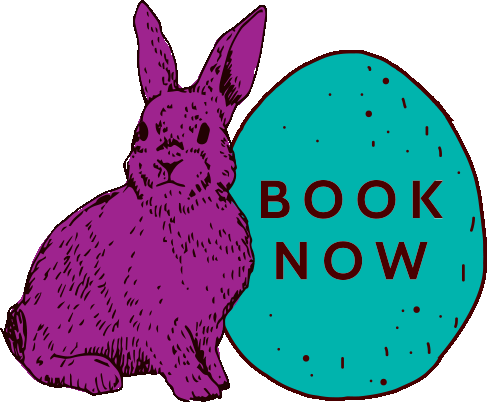If you’re planning a combined trip to York and Edinburgh, with so much for you to see and do, we’ve crafted an ideal travel itinerary, featuring ourselves…York’s Chocolate Story, together with our Continuum Attractions sister attraction The Real Mary King’s Close.
Firstly, fall in love with York
Arrive into York by London North Eastern Railway LNER train, and you’ll realise it’s unlike any other place you’ve visited before. Stepping onto the platform feels like stepping back in time, and after only a 10minute stroll from the train station, you’ll find yourself in the heart of the historic city.
Must Do’s in York
York Minster
A masterpiece of Gothic architecture, this stunning cathedral has stood for centuries. See its intricate stained-glass windows, and if you’re feeling brave enough, climb to the top of York Minster’s Central Tower for breathtaking views of the city.
The Shambles
When browsing the timber framed shops and navigating the narrow walkways, you’ll feel as though you’ve been transported to a magical world. An absolute must visit, especially as it does not cost anything to enter the Shambles, be prepared to soak up the bustling atmosphere and take lots of photos.
York’s Chocolate Story
Taste your way through the history of chocolate. On our classic guided tour, you’ll learn how three entrepreneurial families made York the UKs home of Chocolate, and create your own sweet treat to take away with you.
You can find out more about our classic tour here and be sure to book your tickets online in advance.
York for Foodies
Bettys Café Tea Room
Famous for its afternoon tea and delicious cakes, their signature fruity Fat Rascal is the size of a small side plate, and a cost-effective way to experience Bettys.
However, if you want to push the boat out, try and secure a reservation for Skosh. A Michelin-recommended restaurant, serving innovative and Asian inspired small plates, with a focus on locally sourced produce.
Where to Stay in York
The Grand
Originally built in 1906 as a ‘Palace of Business’ for the North Eastern Railway Company, this luxurious 5-star hotel, offers elegant rooms, a tranquil spa featuring a large whirlpool and award-winning dining experiences.
Next Stop Edinburgh
After your overnight stay, it’s only a short walk from the hotel to the station. The direct LNER journey to Edinburgh takes a round two and half hours, and due to the rolling hills and rugged coastline, you’ll feel as though you’ve booked a scenic rail tour. Once you arrive at Edinburgh Waverley, the station is located right in the city centre, and only a stone’s throw away from the attractions.
Must Do’s in Edinburgh
Discover what life was like in Edinburgh’s Old Town
On our sister attractions classic guided tour Once a street that bustled with busy markets and over 600 residents, Mary King’s Close was buried beneath the Edinburgh City Chambers following the council building’s construction in 1753.
For centuries the street remained forgotten, encapsulated in time. Fast forward to today and you can now join a 1-hour guided tour led by a ‘former resident’ of the close. There you’ll descend into a warren of hidden streets, and discover what life was like for residents of Edinburgh’s Old Town at this Top 10 visitor attraction, as voted by TripAdvisor.
Be sure to book your tickets online in advance and arrive 10 minutes before your scheduled tour.
Take a stroll along the Royal Mile and explore a nearby attraction such as Camera Obscura and World of Illusions. Plus, don’t miss the opportunity to visit iconic landmarks like Edinburgh Castle and Calton Hill for panoramic views of the city.
A Taste of Edinburgh
Wander down to the Grassmarket area and dine somewhere relaxed like Hula or Bertie’s Proper Fish and Chips for lunch. In the afternoon, discover Scotland’s whisky heritage with a tour at the Scotch Whisky Experience, or enjoy a leisurely hike up Arthur’s Seat for breath-taking views.
The Real Mary King’s Close and York’s Chocolate Story, are operated and brought to life by Continuum Attractions. They’re a dedicated bunch of people with over 30 years’ experience developing commercially successful visitor attractions












































